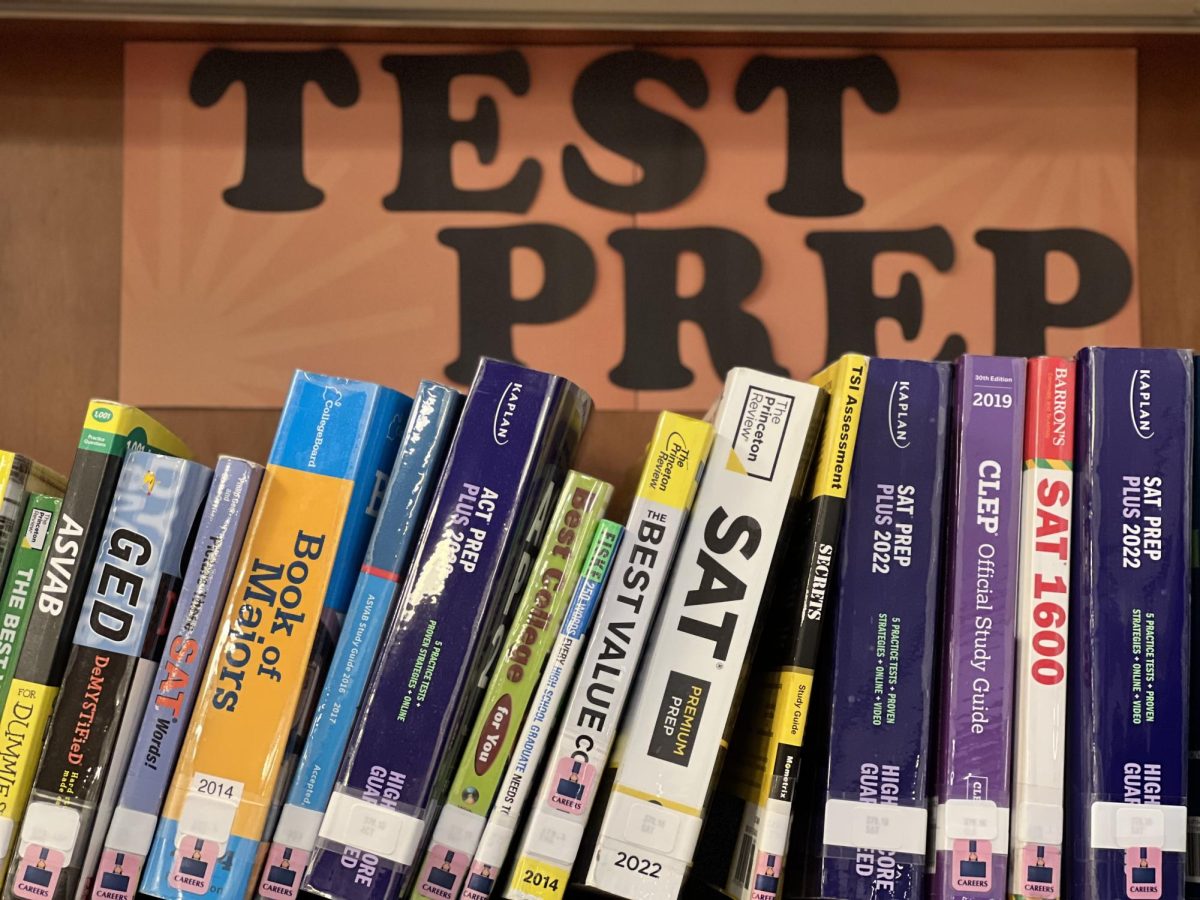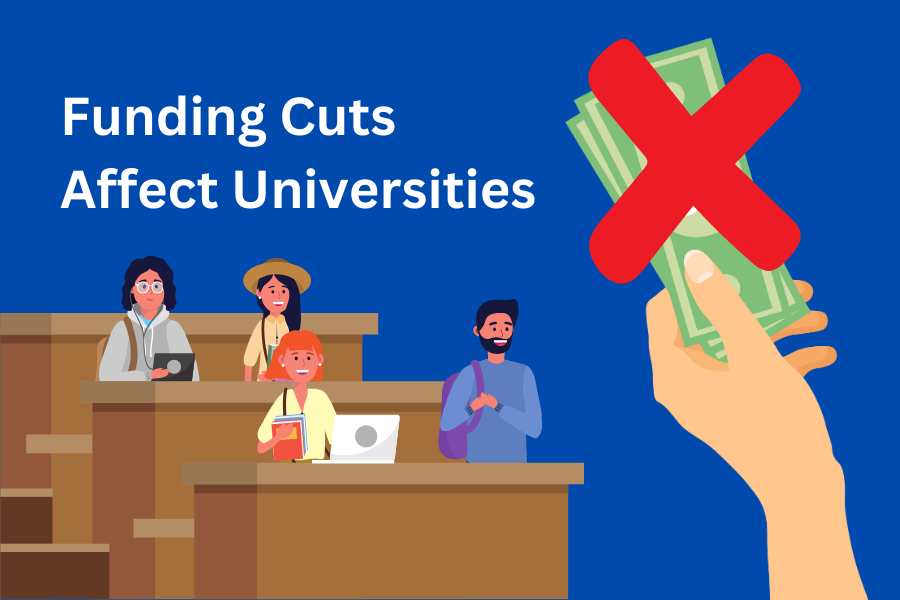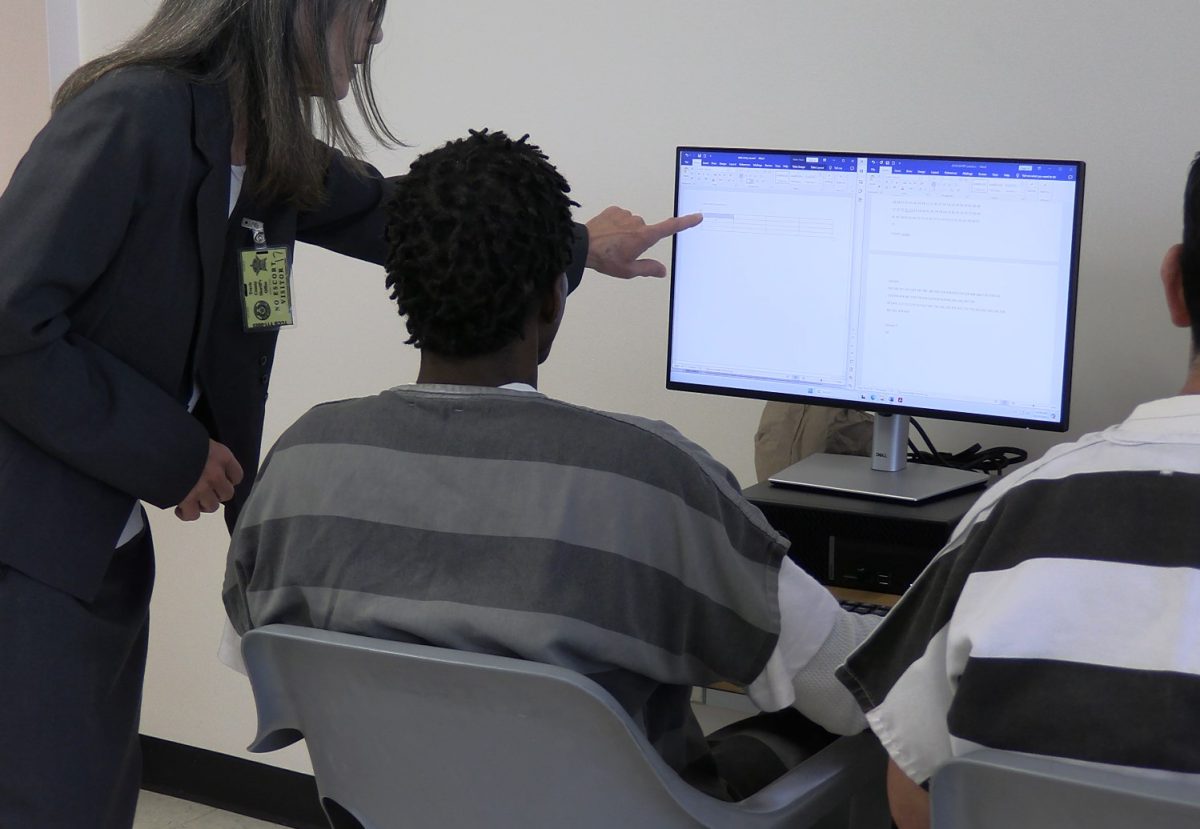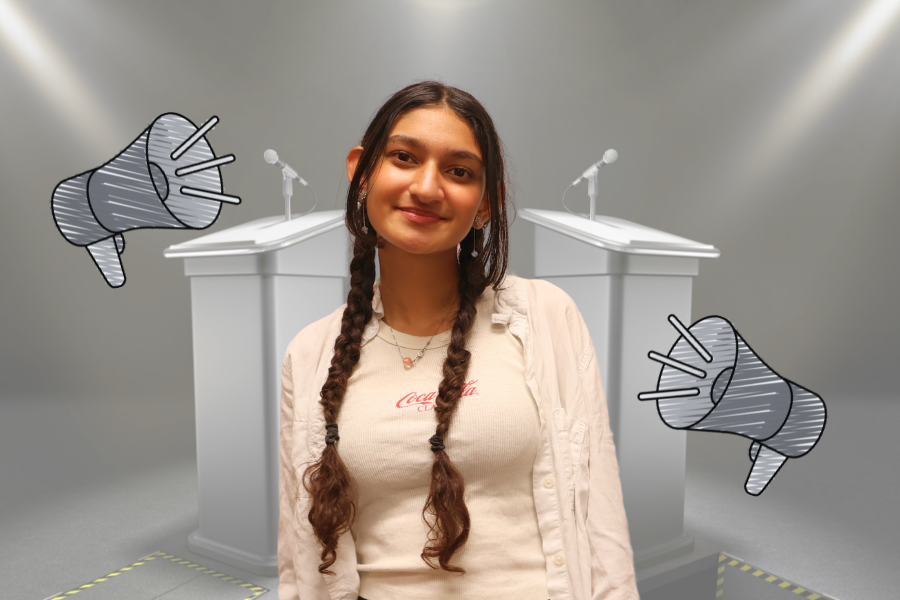This spring, College Board will fully digitize the SAT. This means that, unless a student has an accommodation that requires them to take a paper test, all students – both internationally and within the US – will have to take the SAT digitally.
Last fall, College Board introduced their digital suite of assessments by requiring that all students taking PSAT-related assessments take them online. College Board allowed students to take the digital version of the SAT starting in fall 2023, although they are only fully transitioning now.
“I’ve taken the SAT three times before in the past, once as a sophomore and twice as a junior,” Radwan Merhebi ‘25 said. “The SAT is difficult, and you have to put a lot of practice and work in to do well. I’m pretty excited [for the digital SAT] because it’s short and, in my opinion, easier. It’s just more efficient.”
According to College Board, the introduction of a digital SAT means shorter and more efficient test days, as most “preadministration activities,” like test downloading, will no longer have to be performed right before the test. Furthermore, the digital SAT introduces new tools that streamline the testing experience, and might even help some students get better scores, as shorter test times and new tools may mean less stress and mental exhaustion on test day.
“I’ve taken [the SAT] three times and I’m going to have to take it again in March,” Dhruv Ray ‘25 said. “I think the digitization [of the SAT] is good because 2 hours is a lot better than 3. Also, [students will] have Desmos on the math section, so that should make it a bit easier.”
A major difference between the digital and physical SATs is, naturally, the lack of paper on the digital test. While some students do prefer the digital version, others fear that they won’t be able to work out problems on the online test that they would be able to otherwise. The digital SAT will also introduce new changes to the actual content, further altering the testing experience.
“I took the SAT physically in November,” Aarvin Hirode ‘25 said. “Personally, I work better on paper so that might make it a bit harder for people like me. On the other hand, reading passages are supposed to be shorter [than on the physical one], so that is nice.”














